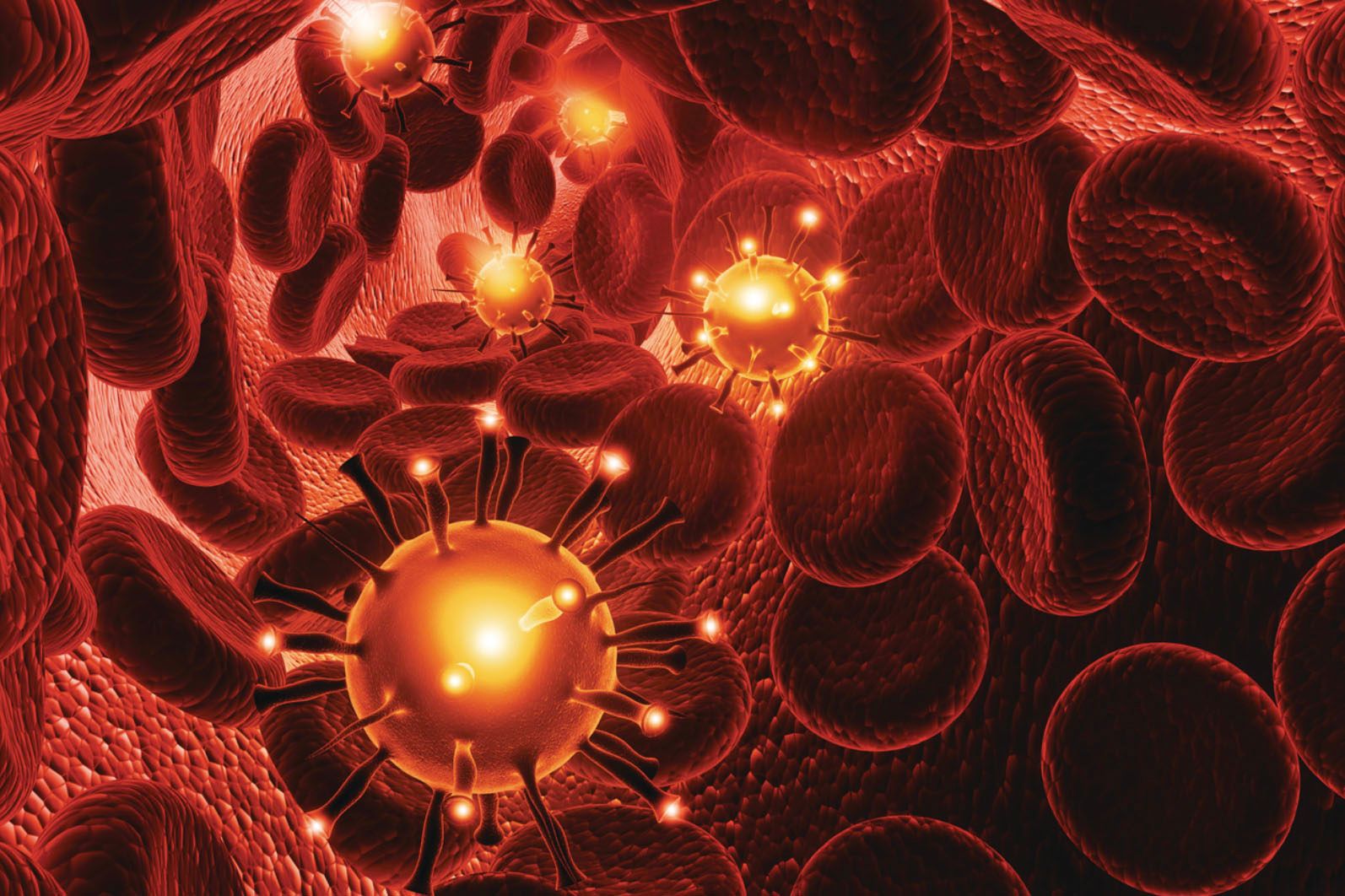New Community-Setting Data Affirm Ibrutinib’s Efficacy in R/R MCL
New data show patients with mantle cell lymphoma who were treated with ibrutinib in a community setting had similar outcomes to patients given the Bruton’s tyrosine kinase inhibitor in a clinical trial setting, a retrospective study showed.

New data show patients with mantle cell lymphoma (MCL) who were treated with ibrutinib (Imbruvica) in a community setting had similar outcomes to patients given the Bruton’s tyrosine kinase (BTK) inhibitor in a clinical trial setting, a retrospective study showed.
The new report, published in the British Journal of Haematology, offers confirmation of the drug’s efficacy in this patient group, though it also highlights the limitations of the current therapeutic landscape.1
MCL represents somewhere between 3% and 6% of all non-Hodgkin lymphoma cases diagnosed in the United States each year. The median age at diagnosis is in the mid-60s, and overall survival (OS) is roughly 4 to 5 years, with a 5-year survival rate around 60%.
Patients are typically treated with combination chemotherapy regimens. Some patients receive chemoimmunotherapy as induction therapy and stem cell transplantation, if eligible. Rituximab (Rituxan) has shown efficacy as post-transplantation maintenance therapy in patients treated up-front with R-DHAP (rituximab plus dexamethasone, cytarabine, and cisplatin).
The BTK inhibitor ibrutinib, meanwhile, was approved in the United States to treat patients with relapsed or refractory MCL in 2013. Phase 2 trial data showed a strong overall response rate (ORR) of 68%, including a 21% complete response (CR) rate.2 Patients had a median duration of response of 17.5 months after a median follow-up rate of 15.3 months. Adverse events in the trial were 11%.
However, lead author Jeff Sharman, MD, director of research at Willamette Valley Cancer Institute and medical director of hematology research for The US Oncology Network, noted that it was important to understand how the drug performs in the real-world setting, given that patients in trials are often healthier than those in non-trial settings, in part because of strict inclusion criteria.
“Real world data can be useful because it can highlight differences or similarities between trial populations and what we see in general practice,” he told Targeted Oncology in an interview. “In places where there are differences between the two, it provides an opportunity to clarify why trial results may not be generalized to other populations.”
If results are similar, he said, that’s a good sign that clinicians can be confident prescribing the drug.
In order to evaluate ibrutinib, Sharman and colleagues retrospectively identified 1914 patients from the US Oncology Network’s iKnowMed records database who had been diagnosed with MCL between November 2013 and October 2016. Of those, 159 had been treated with ibrutinib.
The median age in the study population was 71 years, and 76% of patients were male.
Median duration of treatment was 7.8 months (range, 2.6-23.1), OS was 25.82 months (95% CI, 19.9 – not reached), and the median progression-free survival (PFS) was 19.55 months (95% CI, 16.5-24.3). A 4% added risk of death was observed for each year of increase in a patient’s age (HR, 1.041; P = .0186).
The discontinuation rate was 83.6%, with progression (35%) and toxicities (25.6%) listed as the most common reasons for discontinuation. Therapy was temporarily reduced in 16.4% of cases and held in 30.2% of cases, mostly due to toxicity (66.7%).
Multivariate modeling showed older patients had lower rates of survival. “These results are similar to other reports within the literature that have characterized the efficacy of ibrutinib in different populations of patients with R/R MCL,” the authors wrote.
For instance, a follow-up of the phase 2 study showed patients treated with single-agent ibrutinib at 560 mg daily doses had a median age of 68 years, duration of therapy of 8.3 months, and median OS of 22.5 months.
In the current study, patients treated in the third-line setting or beyond had the highest duration of response at 25.8 months versus 22.3 months in those treated in the second line, “potentially reflecting a population with more indolent disease suitable for third or greater line of salvage therapy.”
However, this patient group also had more holds and dose changes, which Sharman and colleagues said may also explain the longer duration of therapy.
Still, despite some variance in OS and PFS among the different line of therapy groups, the authors said the differences were not statistically significant (P = .6587).
One area of notable difference in the new study versus the trial setting is the high rate of discontinuation (83.6%). For instance, the rate of discontinuation due to toxicity in the community-setting study was 25.6%, whereas in the phase 2 trial it was just 7%. Sharman and colleagues said that could have to do with different baseline health statuses.
More broadly, Sharman told Targeted Oncology that while the community data affirm positive news about ibrutinib, they also show that it’s not a panacea.
“I think it is important to recognize that patients with relapsed mantle cell lymphoma do well on BTK inhibitors but the length of time patients stay on the drug is shorter than many might expect and overall survival is still only about two years,” he said. “Effective new treatment options remain needed.”
References:
1. Sharman J, Kabadi SM, Clark J, Andorsky D. Treatment patterns and outcomes among mantle cell lymphoma patients treated with ibrutinib in the United States: a retrospective electronic medical record database and chart review study. Br J Haematol. Published online October 23, 2020. doi:10.1111/bjh.16922
2. Wang ML, Rule S, Martin P, et al. Targeting BTK with ibrutinib in relapsed or refractory mantle-cell lymphoma. N Engl J Med. 2013;369(6):507-516. doi:10.1056/NEJMoa1306220